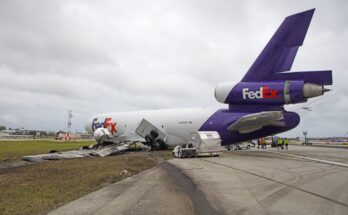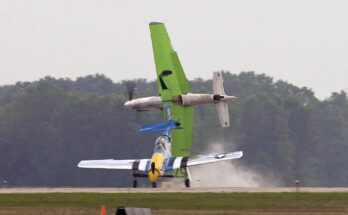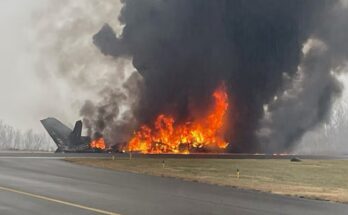
For decades, the Boeing 747 was the undisputed “Queen of the Skies.” Its unmistakable hump-backed profile became a symbol of global travel, luxury, and engineering brilliance. Among the many carriers that operated the 747, British Airways was one of the most prominent and loyal. But now, that chapter is closing. British Airways’ final Boeing 747s are being scrapped in the desert, a poignant and symbolic end to a golden era in aviation.
The retirement of the 747 fleet was not entirely unexpected. With the rise of more fuel-efficient twin-engine aircraft like the Boeing 787 Dreamliner and Airbus A350, the aging four-engine 747s had been gradually phased out of most fleets around the world. However, the COVID-19 pandemic accelerated this timeline drastically. In July 2020, British Airways announced that it would retire all 31 of its Boeing 747-400 aircraft immediately, citing the pandemic’s devastating impact on air travel.
Many of these aircraft had once proudly carried passengers across the Atlantic and beyond, from London Heathrow to New York, Johannesburg, Hong Kong, and other far-flung destinations. British Airways’ 747s were known not only for their iconic status but also for their luxurious interiors, especially in the upper deck business class cabin — often referred to as the “club in the sky.” For loyal BA travelers and aviation enthusiasts alike, flying on a British Airways 747 was more than just a journey; it was an experience.

Now, those once-proud aircraft are making their final journey — not to a bustling airport, but to vast aircraft graveyards in the deserts of Arizona and California. There, under the relentless sun, they are being dismantled, their parts either sold off or scrapped. Images of the blue-and-white liveried jets sitting silently in rows on dusty tarmac evoke a sense of loss, not just of metal and machinery, but of memories, milestones, and a time when air travel still had an air of glamour.
British Airways had operated the 747 for nearly 50 years. It inherited the aircraft from BOAC (British Overseas Airways Corporation), which began flying the type in the early 1970s. Over time, the airline became the largest operator of the Boeing 747-400 model, at one point boasting a fleet of over 50. The aircraft played a key role in establishing British Airways as a global carrier and in expanding its long-haul network to every continent except Antarctica.
Though the 747 will no longer fly in BA colors, its legacy lives on in the memories of millions of travelers, the pilots who flew them, and the crew members who served aboard them. It represents a time of expansion in the airline industry, of affordable international travel, and of wide-eyed wonder as passengers ascended the stairs to the upper deck.
A few of BA’s 747s have been preserved in museums or converted into static attractions, including one at Dunsfold Aerodrome in Surrey. But for most, their final resting place will be a desert scrapyard — a humbling end for a giant that once ruled the skies.


